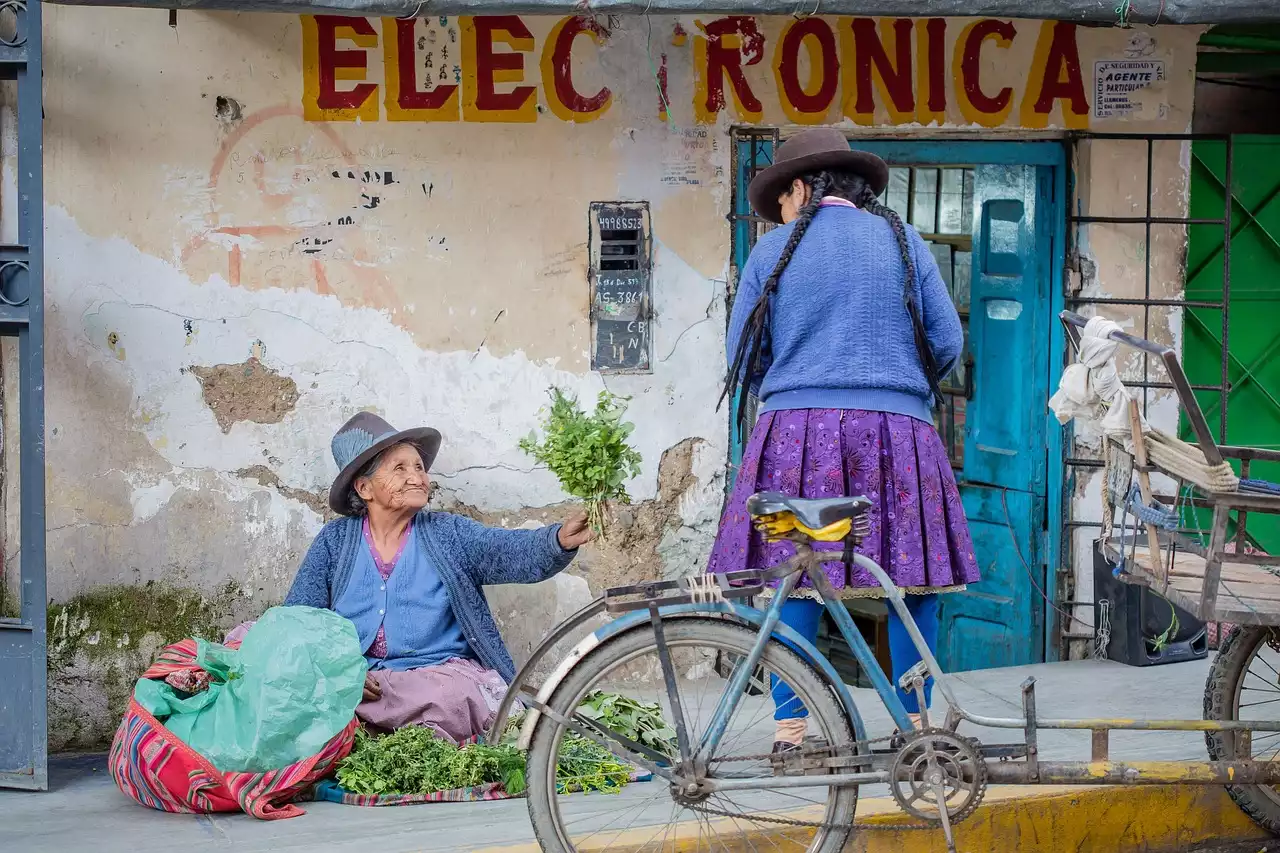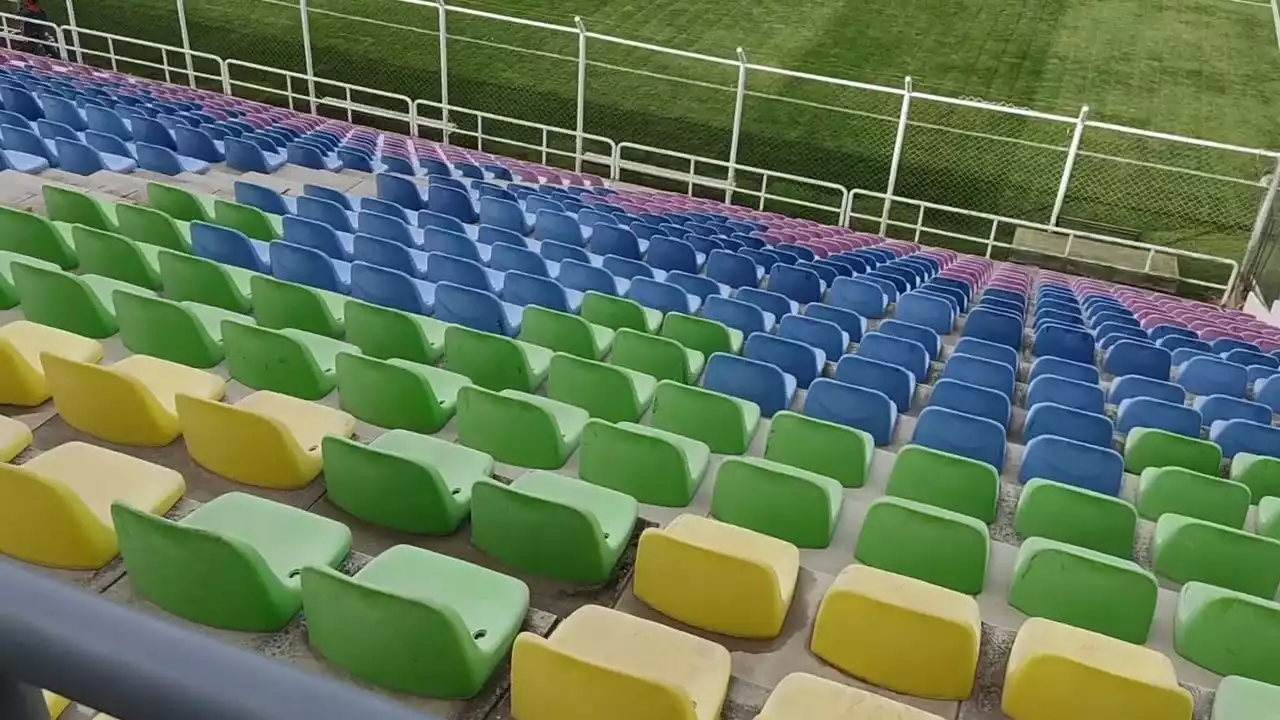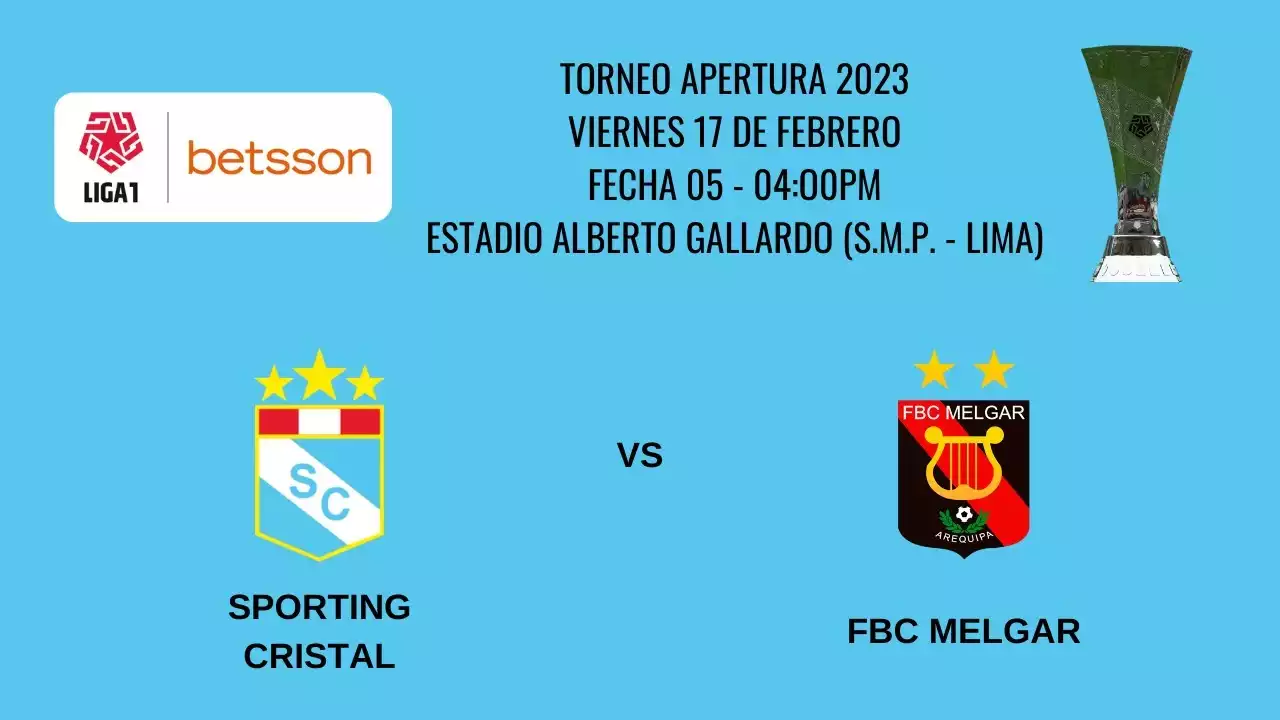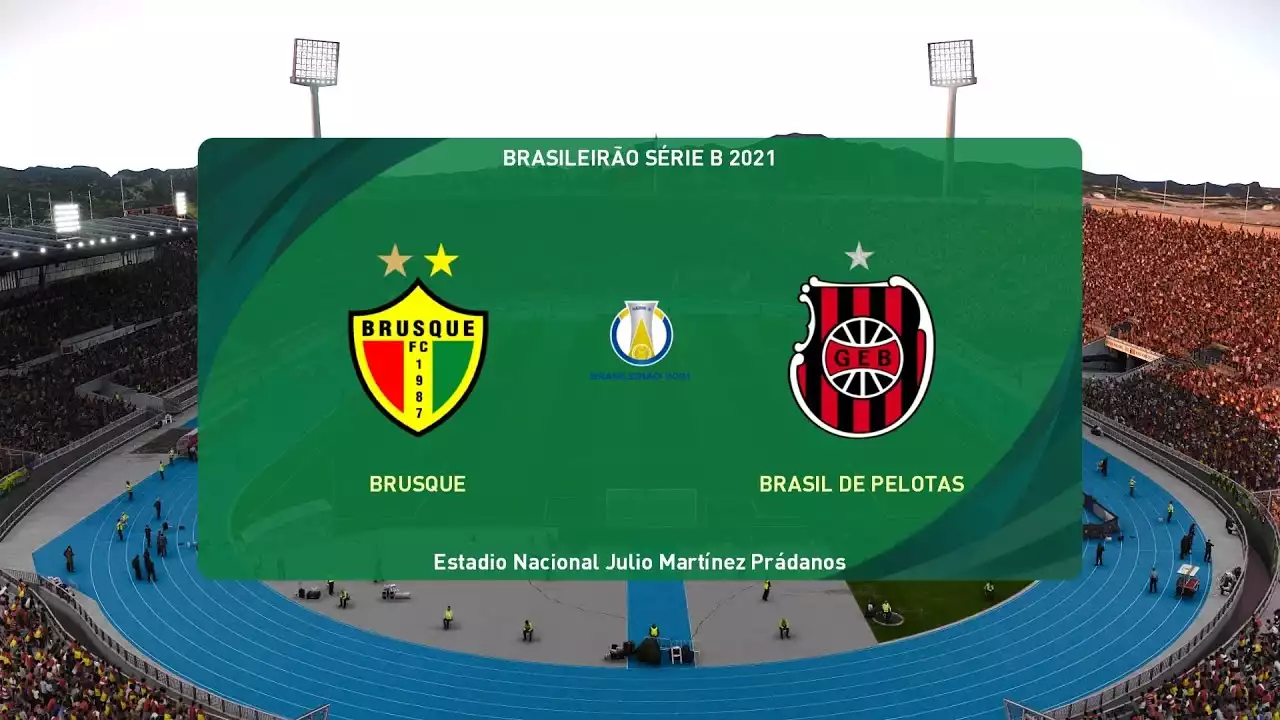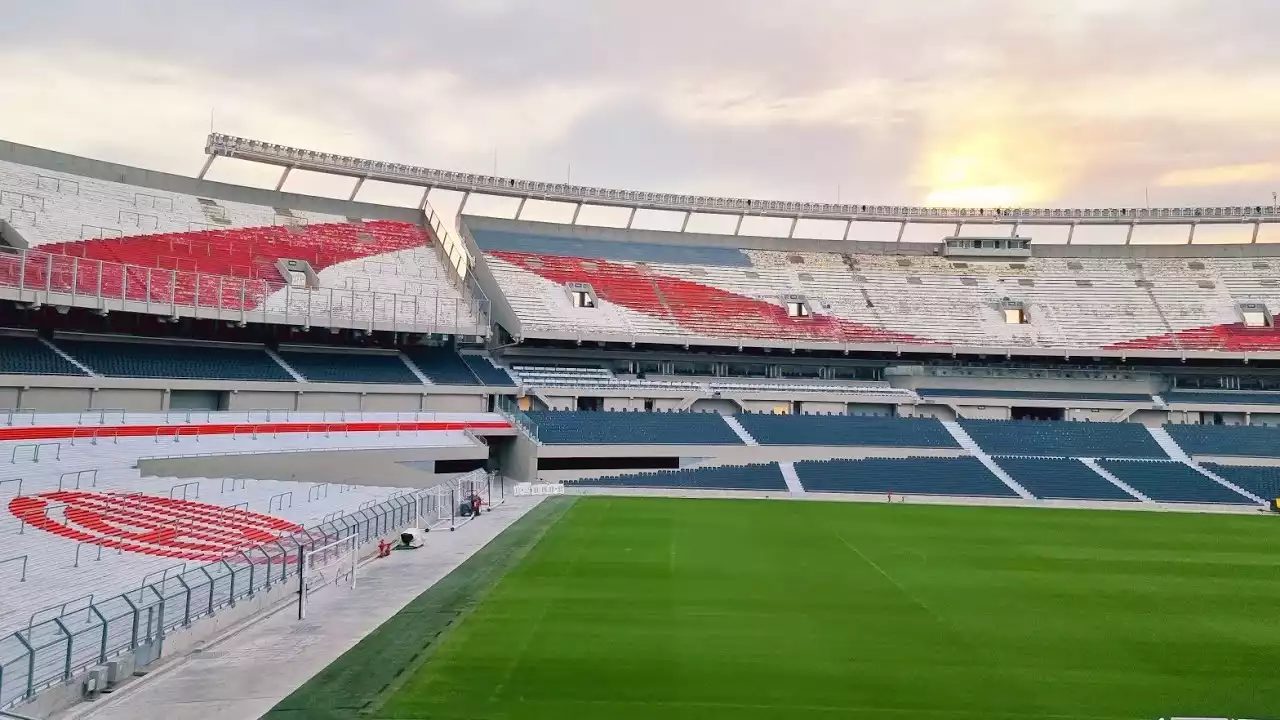Current state of stadiums in Peruvian Liga 1
The current state of stadiums in Peruvian Liga 1 leaves much to be desired. Many of the existing stadiums are outdated, lacking proper infrastructure, and fail to provide the necessary amenities for fans and players alike. Dilapidated seating, limited facilities, and inadequate technology contribute to a subpar sporting experience.
In addition, the capacity of most stadiums is insufficient to accommodate the growing number of fans who want to attend matches. This leads to overcrowding, discomfort, and safety concerns. The need for stadium modernization has become increasingly evident in order to address these issues and elevate the overall experience for everyone involved.
The need for stadium modernization
Stadium modernization is crucial for the Peruvian Liga 1 to compete on a global scale. As the popularity of football continues to soar, fans have come to expect more from their stadium experiences. Modernization is necessary to meet these expectations and create a competitive advantage.
By upgrading the facilities, stadiums can attract more fans, increase ticket sales, and generate additional revenue streams. This, in turn, will enable clubs to invest in their teams and infrastructure, ultimately improving the overall quality of Peruvian football.
Furthermore, modernized stadiums will also have a positive impact on the image of Peruvian football internationally. They will showcase the country's commitment to excellence and create a favorable impression among fans, players, and potential sponsors.
Benefits of modernizing stadiums in Peruvian Liga 1
Modernizing stadiums in the Peruvian Liga 1 presents a plethora of benefits for all stakeholders involved. For fans, these upgrades will significantly enhance the matchday experience. State-of-the-art technology, comfortable seating, and improved facilities will create an immersive atmosphere that amplifies the excitement of the game.
In addition, modernized stadiums will contribute to fan safety and security. Upgraded infrastructure and enhanced crowd management systems will reduce the risks associated with overcrowding and ensure a smooth and enjoyable experience for all attendees.
For players, modernization means access to top-notch training facilities and infrastructure that can improve their performance. Cutting-edge equipment, well-maintained pitches, and dedicated spaces for recovery and rehabilitation will enable athletes to reach their full potential.
Stadium modernization plans and initiatives
The Peruvian Liga 1 has developed ambitious plans and initiatives to facilitate stadium modernization across the country. These plans involve collaboration between football clubs, local governments, and private investors to secure funding and support for the projects.
One of the key initiatives is the establishment of public-private partnerships (PPPs) to finance and manage stadium modernization projects. These partnerships allow for the pooling of resources and expertise, ensuring the successful implementation of the upgrades.
Another crucial aspect of the modernization plans is the integration of sustainable practices. Green technologies, such as solar panels and rainwater harvesting systems, will be incorporated into the stadiums to reduce their environmental impact and promote sustainability.
Furthermore, the Peruvian Liga 1 is actively seeking international collaborations to bring in expertise from experienced organizations in stadium design and management. This will ensure that the modernized stadiums meet global standards and provide an unparalleled experience for fans and players alike.
Challenges in implementing stadium modernization projects
Despite the grand vision for stadium modernization, there are several challenges that need to be overcome. One of the primary challenges is securing adequate funding for the projects. Stadium modernization requires significant financial investment, and identifying sustainable funding sources is essential.
Another challenge is the coordination and management of multiple stakeholders involved in the projects. The collaboration between football clubs, local governments, private investors, and construction firms requires effective communication, negotiation, and decision-making to ensure the successful completion of the modernization projects.
Additionally, the impact of stadium modernization on local communities and infrastructure must be carefully considered. Traffic management, public transportation, and other amenities need to be taken into account to minimize disruptions and maximize the benefits for all stakeholders involved.
Funding sources for stadium modernization
To finance the ambitious stadium modernization plans, the Peruvian Liga 1 is exploring various funding sources. These include government funding, private investments, sponsorships, and public-private partnerships.
Government funding can be obtained through grants, subsidies, and loans, which can help cover a significant portion of the costs. Private investments and sponsorships, on the other hand, can be secured by offering naming rights, advertising spaces, and exclusive partnerships to corporations and brands.
Public-private partnerships are also a viable funding option, as they allow for the sharing of costs and resources between the public and private sectors. These partnerships can attract private investors who are interested in the long-term benefits of stadium modernization.
Case studies of successful stadium modernization projects
Several case studies from around the world offer valuable insights into successful stadium modernization projects. These examples serve as inspiration for the Peruvian Liga 1 and provide a roadmap for the implementation of similar initiatives.
One such case study is the Allianz Arena in Germany, home to Bayern Munich and 1860 Munich. The stadium features a unique translucent exterior, cutting-edge technology, and a flexible seating arrangement that can accommodate over 75,000 spectators. The Allianz Arena has become an iconic landmark and a symbol of modern football stadiums.
Another notable example is the Wembley Stadium in England, which underwent a complete redevelopment in the early 2000s. The new stadium boasts state-of-the-art facilities, a retractable roof, and an increased seating capacity of 90,000. It has since hosted numerous international football matches and major events, solidifying its status as one of the world's premier stadiums.
The impact of modernized stadiums on the Peruvian Liga 1
The modernization of stadiums in the Peruvian Liga 1 will have a far-reaching impact on the league and the sport as a whole. First and foremost, it will elevate the fan experience, attracting more spectators and creating a vibrant atmosphere during matches. This increased fan engagement will contribute to the growth of the league and generate additional revenue streams.
Moreover, modernized stadiums will help attract top talent, both in terms of players and coaches. The improved infrastructure and facilities will make the Peruvian Liga 1 an attractive destination for both domestic and international football professionals, leading to an overall increase in the quality of the league.
Additionally, modernized stadiums will provide opportunities for hosting international matches, tournaments, and events. This will not only raise the profile of Peruvian football on a global scale but also boost tourism and the local economy.
